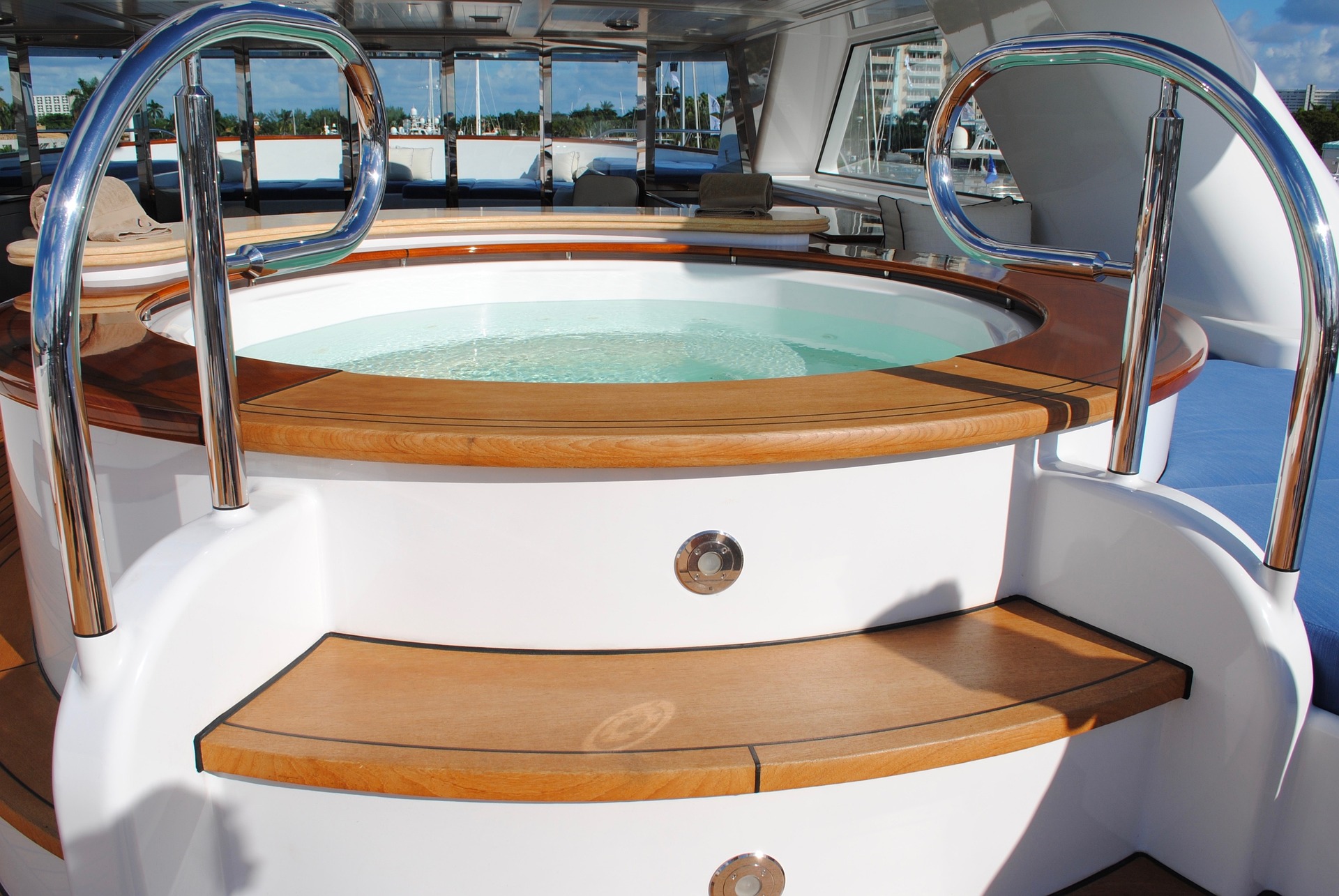Why Minivans Remain Popular Among Modern Families
Minivans continue to serve as practical transportation solutions for families and groups who prioritize space, comfort, and functionality over style. Despite facing competition from SUVs and crossovers, these vehicles offer unique advantages that keep them relevant in today's automotive market. Their design focuses on maximizing passenger capacity and cargo space while maintaining better fuel efficiency than larger alternatives. Understanding what makes minivans appealing can help potential buyers determine if this vehicle type meets their transportation needs.

What Key Features Make Minivans a Family Favorite?
The sliding doors represent one of the most distinctive and practical features of minivans. These doors open wide in tight parking spaces without hitting adjacent vehicles, making it easier for children and elderly passengers to enter and exit safely. The low step-in height reduces the physical effort required to get into the vehicle compared to SUVs or trucks.
Interior space remains the primary selling point for family-oriented buyers. Most minivans accommodate seven to eight passengers across three rows of seating. The second and third rows often fold flat or remove completely, creating substantial cargo space for moving large items, vacation luggage, or sports equipment. Built-in storage compartments throughout the cabin provide convenient places for small items, drinks, and personal belongings.
Flexible seating configurations allow families to adapt the interior layout based on their immediate needs. Some models feature seats that slide forward and backward or swivel to face each other, creating conversation areas during long trips. Cup holders, charging ports, and individual climate controls enhance passenger comfort during extended journeys.
What Technologies Are Commonly Found in Minivans?
Modern minivans incorporate advanced safety technologies that particularly benefit family transportation. Blind spot monitoring systems help drivers navigate safely with limited rear visibility when all seats are occupied. Rear cross-traffic alert warns of approaching vehicles when backing out of parking spaces, which proves especially valuable in busy school pickup areas or shopping centers.
Entertainment systems designed for family use include multiple screens, wireless headphone compatibility, and gaming console connections. Some models offer built-in vacuum systems, helping parents maintain cleaner interiors with children who frequently eat snacks or track in dirt from outdoor activities. Wi-Fi hotspots keep passengers connected during long trips.
Driver assistance features like adaptive cruise control and lane keeping assist reduce fatigue on lengthy family road trips. Automatic emergency braking systems provide additional protection in urban driving scenarios where children or pets might unexpectedly enter the roadway. Parking assistance technologies help maneuver these larger vehicles in crowded parking lots.
How Do Modern Minivans Handle Fuel Efficiency and Performance?
Contemporary minivans achieve fuel economy figures that compare favorably to similarly sized SUVs. Most current models deliver between 22-28 miles per gallon in combined city and highway driving, depending on engine choice and load conditions. This efficiency stems from their aerodynamic design and lighter construction compared to truck-based alternatives.
Engine options typically include four-cylinder and V6 powertrains, with some manufacturers offering hybrid variants. The V6 engines provide sufficient power for highway merging and hill climbing while loaded with passengers and cargo. Continuously variable transmissions in many models optimize fuel consumption across various driving conditions.
Handling characteristics prioritize comfort and stability over sporty performance. The suspension systems absorb road imperfections effectively, reducing passenger fatigue during long trips. While not designed for off-road adventures, minivans perform adequately on unpaved roads leading to campgrounds or recreational areas that families commonly visit.
How Do Minivans Cater to Large Families and Groups?
Seating capacity represents the most obvious advantage for large families. Unlike three-row SUVs where the third row might accommodate only children comfortably, minivan third rows provide adequate space for adults. This capability proves essential for families with multiple teenagers or when carpooling with other families for sports events or school activities.
Climate control systems often include separate zones for different seating areas, allowing passengers to maintain individual comfort preferences. Rear air conditioning vents and controls ensure that third-row passengers receive adequate heating or cooling, which can be inadequate in some SUV designs.
Storage solutions extend beyond passenger seating to include underfloor compartments, overhead bins, and door pockets strategically placed throughout the cabin. These features help organize the belongings of multiple family members during daily use or extended vacation travel. Some models include cooled compartments for beverages and snacks.
The wide rear opening facilitates loading strollers, sports equipment, groceries, and other bulky items that large families regularly transport. The low load floor height reduces the physical strain of lifting heavy objects into the cargo area compared to higher SUVs or pickup trucks.
Minivans continue serving families who value practical transportation solutions over image considerations. Their combination of space efficiency, safety features, and reasonable fuel economy addresses the real-world needs of multi-passenger households. While market preferences have shifted toward SUVs in recent years, minivans remain the most space-efficient option for families requiring maximum passenger and cargo capacity in a single vehicle.




